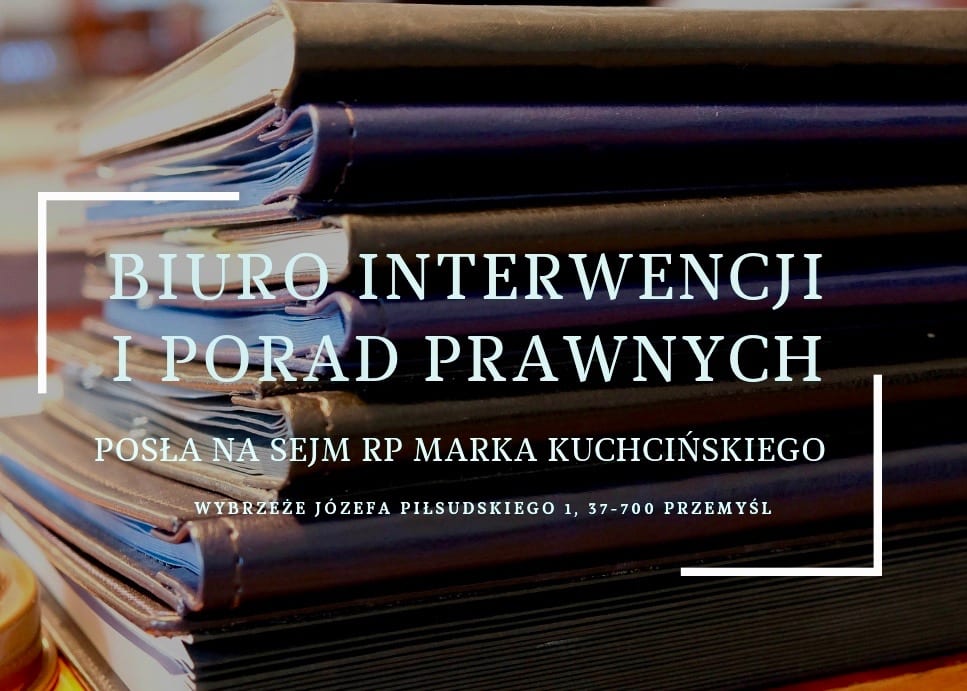On September 5, within the framework of the 22nd Economic Forum in Krynica, the fifth parliamentary conference "Carpathian Europe" will be held. It will be another event in the series of meetings devoted to strengthening cooperation between the countries of the Carpathian region.
The meetings were initiated by the Polish side. The conference has an international character, and will be attended by representatives of national parliaments and government administration from the Czech Republic, Poland, Slovakia, Ukraine, Hungary and Serbia, among others, as well as numerous representatives of local governments, entrepreneurs, the world of science and non-governmental organizations.
With such a politically significant and diverse representation, the conference provides an important forum for cooperation between practitioners and experts dealing with issues of mountain development and cross-border cooperation in Central and Eastern Europe.
The main objective of this year's "Europe of the Carpathians" conference will be to discuss and propose policy recommendations for increasing the effectiveness of European mechanisms for the development of mountain areas, including the role that the new EU budget perspective 2014-2020 should play in this field.
The discussion will be continued on the need to create a macro-regional Carpathian Strategy following the example of the already implemented EU strategies for the Baltic Sea and Danube regions. Special attention will be paid to the issues of sustainable development and implementation of obligations resulting from the Carpathian Convention, as well as to the problems of sport, recreation and tourism (especially issues related to the development of ski infrastructure).
The conference will also present new initiatives to strengthen and coordinate cooperation of MPs from the Carpathian countries, e.g. in the form of Carpathian parliamentary clubs. The conference will include 4 thematic panels with more than 30 speeches.
Objectives of the conference cycle and main message The Carpathian Europe conference cycle was initiated in 2010. Within its framework, sessions were held in Krynica (2011), Krasiczyn (2012) and Ukraine, among others. The aim of this initiative is to strengthen cross-border regional cooperation, monitor progress in the implementation of the Carpathian Convention and build an international network of parliamentarians working for sustainable development of the Carpathians.
The series of conferences "Carpathian Europe" is organized under the patronage of Vice-Marshal of the Sejm Marek Kuchciński. This year's edition of the conference will be attended by parliamentarians from the neighboring Carpathian countries. The Sejm apart from the Deputy Speaker Marek Kuchciński will be represented by, among others, Deputy Speaker Cezary Grabarczyk. Both ruling coalition and opposition MPs have announced their participation.
The Carpathian Mountains stretch for about 1,500 km and cover more than 200,000 km2, connecting the territories of seven countries in Central and Eastern Europe: Czech Republic, Slovakia, Poland, Hungary, Ukraine, Romania and Serbia. The region is inhabited by several million people in total. The Carpathians are an area of outstanding natural and cultural values. However, this heritage is threatened by many social and environmental problems, such as unemployment, poverty, overexploitation of natural resources, environmental pollution, deforestation, lack of proper care for spatial order.
As a result of the EU enlargement in 2004, another threat has emerged: the new EU border has split the Carpathians in two, not only politically but also in its approach to environmental and development issues, making it difficult to carry out coordinated cross-border activities to preserve the coherence of the region. Therefore, the Carpathians need a holistic development strategy that addresses both socio-economic and ecological issues. Only such an integrated approach will make it possible to preserve the unique resources of this region.
Activities for the protection and development of the Carpathians, if they are to be effective, require international and regional cooperation. This issue was highlighted in the "Carpathian Memorandum" adopted in 2011 by the Europe of the Carpathians conference. In the Memorandum, it is stated that "...the efforts of countries, the European Union and individual regional authorities should be combined to develop a common strategy for the Carpathians that would build on the strengths of the area and overcome its weaknesses. Such a strategy, following the example of the Baltic Sea Strategy and the Danube Strategy, should first of all be based on synergies between existing initiatives and actions undertaken in the region.
It is important that funding for measures in the Carpathian region is sought in a coordinated manner, so that resources, especially from the EU budget, are not dispersed but strategically directed towards joint Carpathian projects. A mechanism for financing joint activities aimed at sustainable development of the Carpathians could be created on the basis of models provided by the European programme Alpine Space. Such cooperation will serve in particular to strengthen ties between EU Member States and Ukraine, contributing to the accelerated integration of this country into European structures."
Carpathian cooperation has an important political dimension, going far beyond the issues of environmental protection and sustainable development. It is also an activity of significant geopolitical importance, aimed at strengthening regional ties in our part of the continent and giving the region its due importance. Effective cooperation in the Carpathian region may be an element of the Eastern Partnership, which is a priority programme from the point of view of Polish foreign policy, as well as the axis of joint undertakings within the Visegrad Group.


